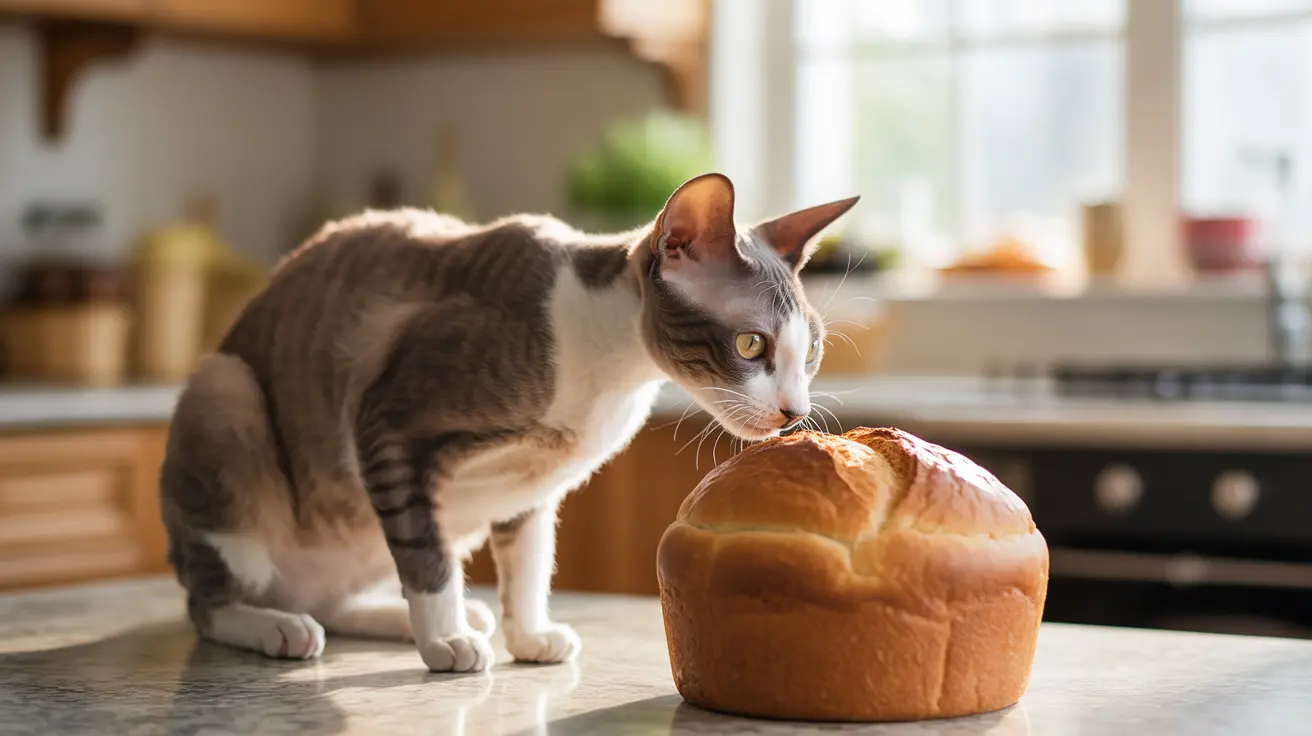The Science Behind Cats' Attraction to Bread
The Irresistible Yeast Factor
One of the primary reasons cats are drawn to bread is the presence of yeast. The fermentation process produces compounds that cats find particularly attractive, similar to how they respond to catnip. The yeast's aroma contains natural chemical compounds that can trigger a cat's highly sensitive olfactory receptors.
Texture and Sound Appeal
Many cats are attracted to bread's unique texture, whether it's the soft, spongy interior or the crispy crust. The tactile experience of pawing at or biting into bread can be stimulating for cats, who are naturally curious about different textures. Additionally, the crunching sound of toasted bread can trigger their predatory instincts.
Health and Safety Considerations
The Dangers of Raw Dough
While cats may be attracted to bread in any form, raw dough poses a serious health risk. When ingested, the dough can continue to rise in a cat's warm stomach, potentially causing severe digestive issues and even life-threatening complications. The fermentation process also produces ethanol, which is toxic to cats.
Nutritional Impact
Bread offers little nutritional value for cats. As obligate carnivores, cats require a diet rich in animal protein and specific nutrients that aren't found in bread. While small amounts of fully baked bread aren't typically harmful, it shouldn't become a regular part of their diet.
Managing Your Cat's Bread Fascination
Safe Alternatives
Instead of giving your cat bread, consider offering healthy, cat-appropriate treats that satisfy their natural instincts. Look for high-protein treats specifically formulated for felines, or small pieces of cooked meat without seasonings.
Environmental Enrichment
If your cat shows excessive interest in bread, they might be seeking mental stimulation. Provide interactive toys, puzzle feeders, and regular play sessions to keep them engaged and less likely to fixate on human foods.
Frequently Asked Questions
Why do cats like bread so much despite being obligate carnivores?
Cats are primarily attracted to the yeast compounds in bread and its interesting texture rather than any nutritional value. Their curiosity and sensitive sense of smell draw them to investigate this common household food, even though it doesn't align with their carnivorous dietary needs.
Can cats safely eat bread, and what are the risks of feeding it to them?
While small amounts of plain, fully baked bread are generally safe for cats, it should never become a dietary staple. Risks include unnecessary carbohydrate intake, potential weight gain, and nutritional imbalances if bread replaces proper cat food in their diet.
How can I prevent my cat from eating raw bread dough, which is dangerous to them?
Store all bread dough in sealed containers and never leave it unattended while rising. Keep cats out of the kitchen during baking, and immediately clean up any spills or crumbs that might attract them.
What types of bread are safe for cats to eat in small amounts as treats?
Plain, fully baked bread without additives, garlic, onions, raisins, or other potentially toxic ingredients is safest. However, even safe bread should only be offered occasionally and in tiny amounts.
Should I worry if my cat is eating bread regularly, and what are the long-term health implications?
Regular bread consumption can lead to obesity, nutritional deficiencies, and digestive issues in cats. If your cat frequently eats bread, consult with your veterinarian about proper dietary alternatives and ways to discourage this behavior.
Conclusion
While cats' attraction to bread remains a curious phenomenon, it's important to prioritize their health and nutritional needs. Understanding why cats like bread can help owners make better decisions about their pets' diets and ensure they maintain a healthy, balanced eating routine focused on appropriate feline nutrition.






